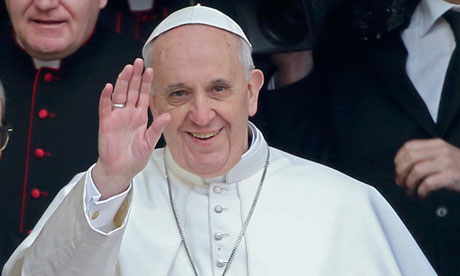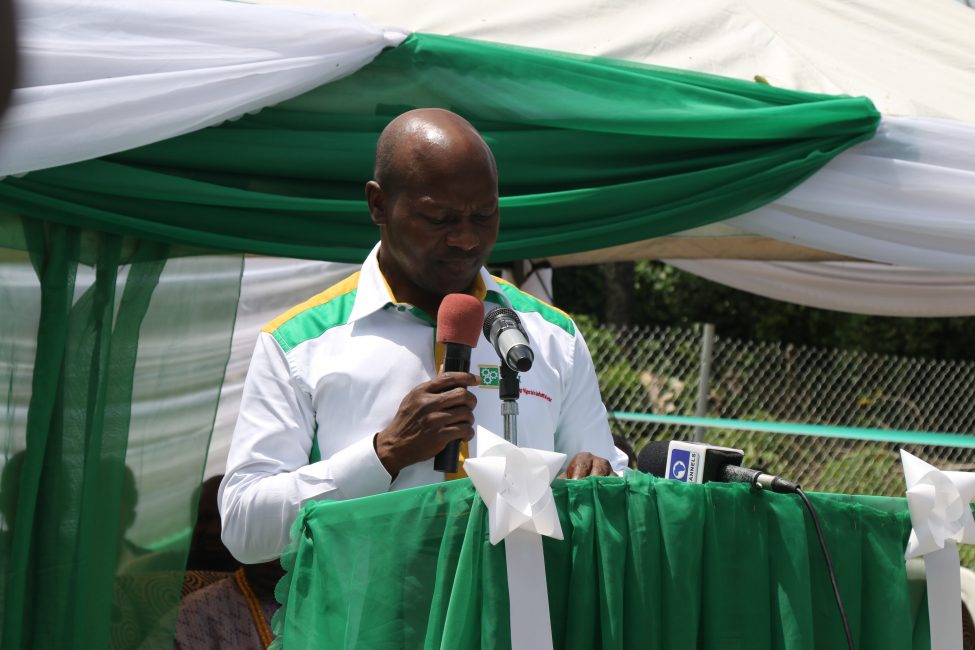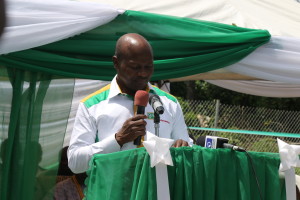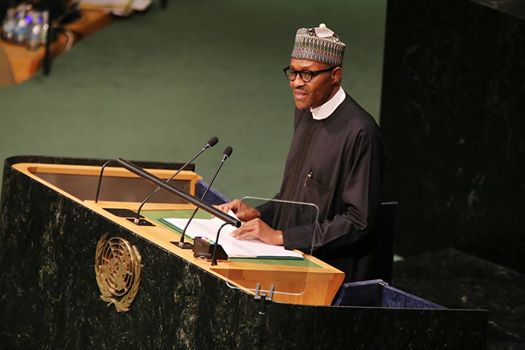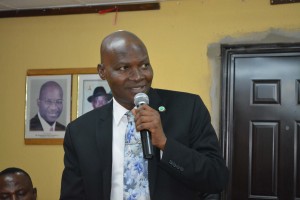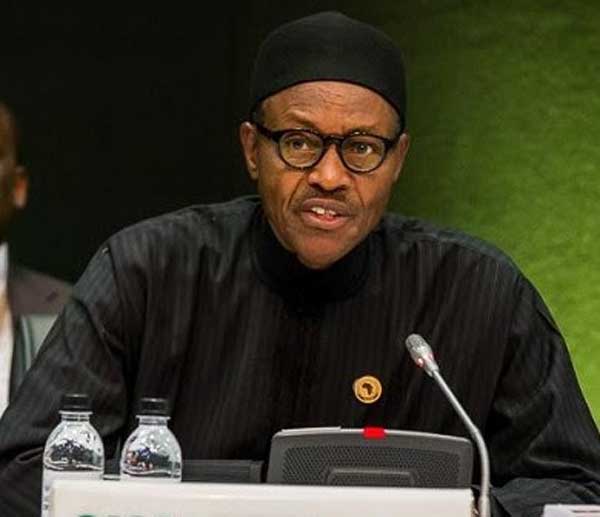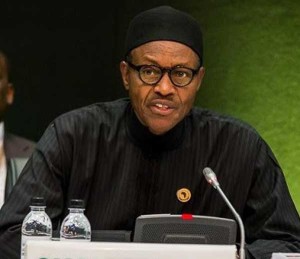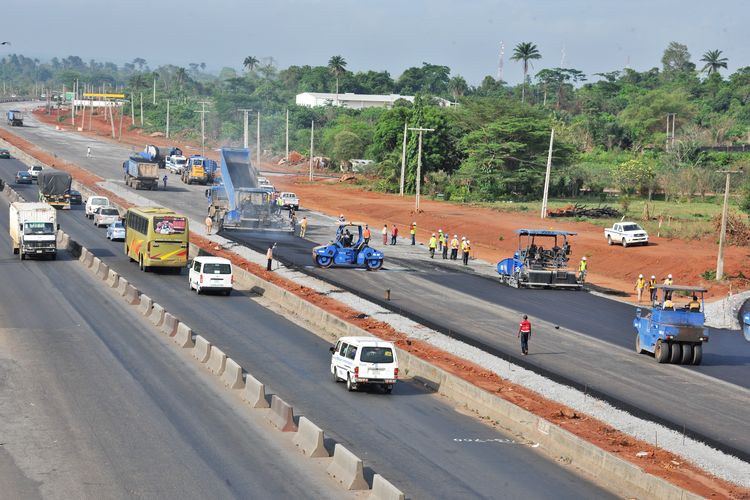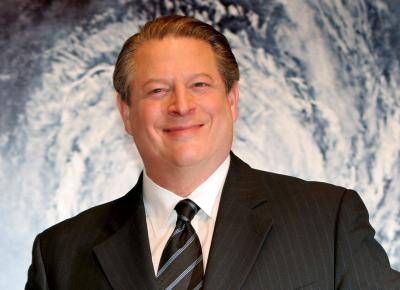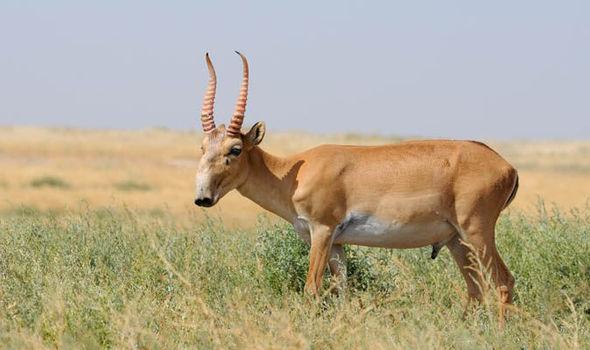Existing policies and strong engagement by nations submitting their contributions ahead of the Paris climate meeting will limit anthropogenic greenhouse gas (GHG) emissions by 2030, but a new climate agreement can encourage further action to limit global temperature rise to 2°C by 2100, according to a new United Nations Environment Programme (UNEP) report.
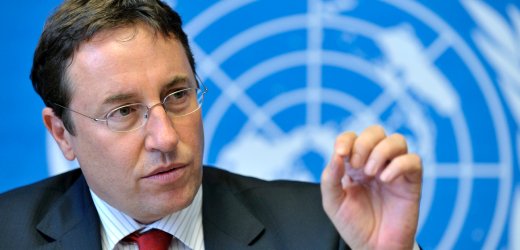
The Emissions Gap Report is an authoritative assessment undertaken by a team of leading scientists and modelling experts from around the world. It presents an assessment of the 119 Intended Nationally Determined Contributions (INDCs) submitted the UN Framework Convention on Climate Change (UNFCCC) by 1 October 2015, covering 146 countries (including the European Union submitting as a bloc) and up to 88 per cent of global GHG emissions in 2012.
The INDCs represent GHG emission reductions of 4 to 6 gigatonnes of carbon dioxide equivalent per year (GtCO2e/yr) in 2030 compared to projected emissions under current policy trajectories. 2030 projections based on current policies are themselves 5 GtCO2e per year lower than the estimate of 65 GtCO2e, based on the Intergovernmental Panel on Climate Change’s Fifth Assessment Report scenarios, which assumed no additional climate policies are put in place after 2010.
This indicates that efforts to tackle climate change, including those taken before the Paris agreement and full implementation of the INDCs, could cut up to 11 GtCO2e from projected emissions in 2030. This is however around half of the total required to reach the global emission level of 42 GtCO2e in 2030 consistent with having a likely chance (>66 percent) of staying below the 2°C target in 2100.
The challenge is to bend the emissions trajectory down as soon as possible to ensure that the net zero emissions goal in 2060-2075 is within reach.
UNEP Executive Director Achim Steiner said, “The current INDCs, combined with policies over the last few years, present a real increase in ambition levels and demonstrate an unprecedented commitment and engagement by member states in tackling this major global challenge.
“The INDCs assessed in this Emissions Gap report signal a breakthrough in terms of international efforts to bend the curve of future emissions. While in themselves not sufficient to limit global temperature rise to the recommended level of 2°C this century, they represent a historic step in the direction of decarbonising our economies. However, in order to close the gap it is essential that the Paris Agreement adopt a dynamic approach in which ambitions, the mobilisation of climate finance and other forms of cooperation can be adjusted upwards at regular intervals.”
If all INDCs are fully implemented, the 2030 emissions gap would still be 12 GtCO2e, putting the world on track to a temperature rise of around 3°C by 2100, and bringing significant climate impacts. However this scenario assumes that nations would not review and further accelerate efforts in subsequent years – i.e. in 2025 or 2030.The report also shows the uncertainties that exist for different scenarios based on the best available scientific evidence.
The report also recommends early action on climate to keep costs as low as possible and avoid deeper and more challenging cuts later.
With regard to the various potential scenarios for the emissions gap in 2025 and 2030, the report finds the following:
- The global emission levels consistent with a chance of staying below the 2°C limit, following a least-cost pathway from 2020, 48 GtCO2e (range 46 to 50) in 2025 and 42 GtCO2e (range: 31 to 44) in 2030.
- Emissions are projected to be 54 GtCO2e (range 53 to 58) in 2025 and 56 GtCO2e (range 54 to 59) in 2030, if all unconditional INDCs are implemented. This gives emission gaps of 7 GtCO2e (range 5 to 10) and 14 GtCO2e (range 12 to 17) in 2025 and 2030 respectively.
- If conditional INDCs are included, the global emissions projection is 53 GtCO2e (range 52 to 56) in 2025 and 54 GtCO2e (range 52 to 57) in 2030. This would give emission gaps of 5 GtCO2e (range 4 to 8) and 12 GtCO2e (range 10 to 15) in 2025 and 2030 respectively.
- If countries that have not yet submitted an INDC were to reduce their emissions at the same percentage as those that have already submitted, the gap would narrow by a further 0.5 GtCO2e in 2025 and 1 GtCO2e in 2030.
INDC process as foundation for closing the gap
The INDCs will likely have benefits beyond the estimated reductions to GHG emission levels as new climate policies and actions are being galvanised by the process, the report says. The preparation of the INDCs has incentivised the exploration of links between development and climate, and the development of new national climate polices, and may be considered as the first step in a transition towards low-carbon economies.
The Paris Agreement could build on and support these processes and provide the framework for mobilisation of the enhanced mitigation efforts required, the report says.
Further options available
Enhanced energy efficiency – with a particular emphasis on industry, buildings and transport – and expanded use of renewable energy technologies for power production will be critical. Other key sectors emphasised in the studies include forestry, agriculture and waste.
In recognition of the significant opportunity for climate change mitigation through forest-related actions, the report includes a focus on REDD+ and finds the theoretical potential of reducing forest loss and restoring forests could be 9 GtCO2e/yr in Africa, Asia and the Pacific and Latin America and the Caribbean combined. However, economic and land-use factors are likely to reduce this theoretical potential.
This reflects the fact that forest loss, which reached 7.6 million ha per year between 2010-2015 accounts for the largest portion of emissions from land use. While the full potential of REDD+ has not yet been reached, many countries are expressing their willingness to undertake large-scale forest-related mitigation.
REDD+ also has the potential to contribute to the large-scale restoration of degraded forest landscapes, which would boost food production and support adaptation to climate change.
The impact of actions by International Cooperative Initiatives – such as the C40 Cities Climate Leadership Group, the Compact of Mayors, and the Cement Sustainability Initiative – can also be significant, the report finds. Preliminary assessments indicate an emission reduction in the range of the range of 0.75 to 2 GtCO2e in 2020.

